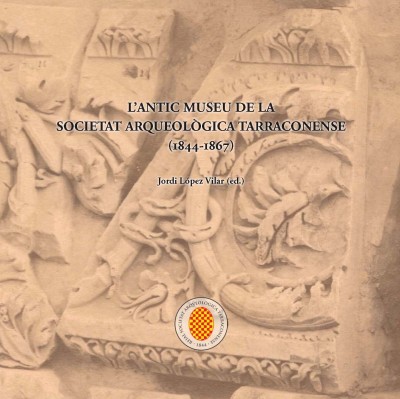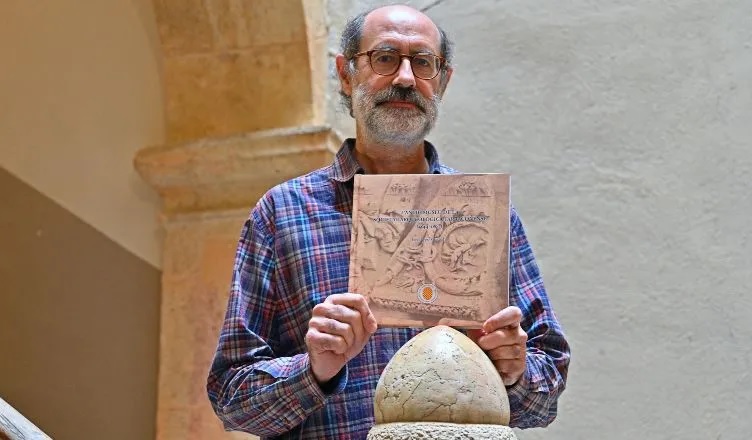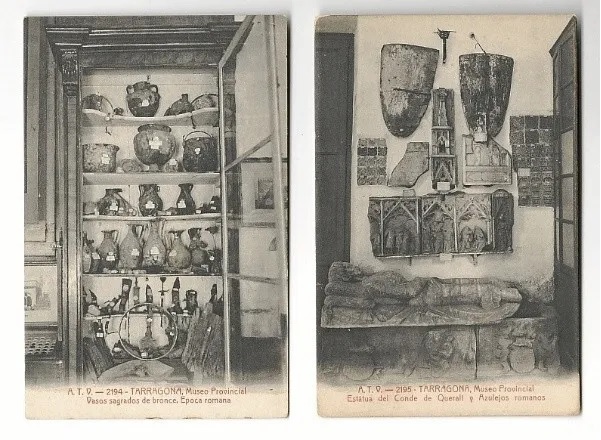
New publication “L’antic museu de la Societat Arqueològica Tarraconense (1844-1867)” makes an overview to the first collection of archaeological pieces that, later, would be the seed of the National Archaeological Museum of Tarragona, MNAT.
As a special event planned for the celebration of the 175th anniversary of the Royal Tarraconensis Archaeological Society (RSAT, Reial Societat Arqueològica de Tarragona), the entity has published L’antic museu de la Societat Arqueològica Tarraconense (1844-1867), a photographic publication that reviews the history of the museum created by the archaeological society at the time of its foundation and that, together with the museum of the Provincial Monuments Commission, would end up being the seed of the current National Archaeological Museum of Tarragona (MNAT, Museu Nacional Arqueològic de Tarragona).
After more than 150 years after the merger of both museums, that old collection is dispelled from popular memory. Therefore, it was fair to give it a proper recognition; also, as a deserved tribute to the people who in these early years made an effort to collect the maximum number of archaeological objects and thus avoid their loss or dispersal.
The edition of the book L’antic museu de la Societat Arqueològica Tarraconense (1844-1867) has been conceived as an overview to the RSAT museum initiative. A first introductory text tells us about the old museum from the 19th century. The second part includes a selection of 92 of the objects that were part of the first collection. The result is a synthesis of 128 pages with rigorous research with the participation of specialists from different institutions, under the coordination of ICAC researcher Jordi López Vilar.

Descriptive texts are by Julio C. Ruiz, Diana Gorostidi, Josep F. Roig, Damià Amorós y Sofia Mata, además del mismo Jordi López. Abre el libro un prólogo del presidente de la entidad, Joan-Vianney M. Arbeloa. Han colaborado especialmente el Museo Nacional Arqueológico de Tarragona y el Instituto Catalán de Arqueología Clásica, mientras que la Fundación Privada Mutua Catalana y la Diputación de Tarragona han hecho posible la edición con su financiación.
The work is profusely illustrated with more than a hundred full-colour photographs. Chosen pieces are from all periods until the end of the 19th century, although the main corpus belongs to the Roman period. There are well-known ones, such as the mosaic of the Medusa, the frieze attributed to the temple of Augustus or the column in the Prim Square in Tarragona. Other pieces are first time coming to light, such as the altarpiece of Saint Martin in Santes Creus or the collection of royal wax seals.






